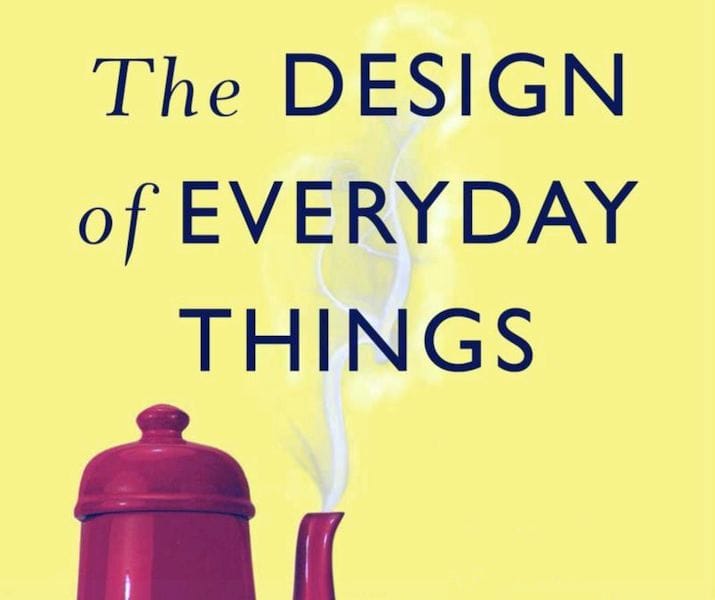![The Design of Everyday Things [Source: Amazon]](https://fabbaloo.com/wp-content/uploads/2020/05/image-asset_img_5eb09f44818cd.jpg)
This week’s selection is “The Design of Everyday Things” by Don Norman.
This highly popular mass-market book explores the notion of consumer design. The premise is that many items one can find for sale in stores everywhere have deficient designs. The less-than-optimal designs make the items less useful, less used and generally unpopular. The book attempts to open the reader’s eyes to the importance of design.
They explain:
“The Design of Everyday Things shows that good, usable design is possible. The rules are simple: make things visible, exploit natural relationships that couple function and control, and make intelligent use of constraints. The goal: guide the user effortlessly to the right action on the right control at the right time.”
The book begins with a review of the psychological aspects of machine use in two dimensions: first the complexity of machines as they are used today and how design approaches are employed; and secondly how human behavior and thought react when facing a usage scenario. It’s far more complex than you might imagine.
For example, Norman explains the “Seven Stages of Action”, and the “Three Levels of Processing”. These are activities that occur naturally within every human brain, but their existence and leverage of them is often ignored by product designers.
Norman explains several aspects of proper product design, exploring human memory, knowledge and constraints, and mistakes.
An entire chapter is dedicated to the practice of Design Thinking, a now popular set of techniques used to decompose a development process into manageable and effective steps.
Finally, Norman matches his prior thinking to business applications, as any product must eventually make its way into the market. Proper designs will greatly help the product achieve success.
We felt it important to include this title in our long-running Book of the Week series as there are many Fabbaloo readers who design their own products, and not just for their own use. Some design products for the market, which just happen to be 3D printed.
My thinking is that any of these 3D printed products could be made better by applying a minimum of modern design principles. By reading this book, a 3D print designer should be able to improve their output, perhaps substantially.
More importantly the often technically-driven among us could be shown a different paradigm for design that is more user-centric and less focused on the needs of the manufacturer.
If you intend on designing products, this is an essential book.
Via Amazon











This week’s selection is “3D Printing Projects” by Dorling Kindersley, a.k.a. “DK”.